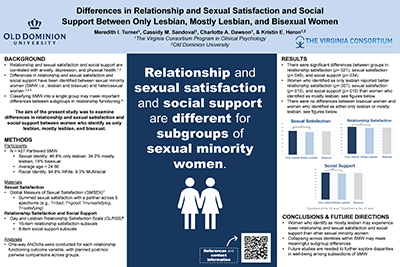ORCID
0000-0002-9523-3346 (Jayawardena)
College
College of Sciences
Department
Computer Science
Graduate Level
Doctoral
Publication Date
2023
DOI
10.25883/29z1-ca84
Abstract
Processing speech with background noise requires appropriate parsing of the distorted auditory signal, fundamental language abilities as well as higher signal-to-noise ratio. Adolescents with ADHD have difficulty processing speech with background noise due to reduced inhibitory control and working memory capacity. In this study we utilize Audiovisual Speech-In-Noise performance and eye-tracking measures of young adults with ADHD compared to age-matched controls, and generate graphs for ADHD evaluation using the eye-tracking data. We form graphs utilizing the eight eye-tracking features (fixation count, average, total, and standard deviation of fixation duration, max and min saccade peak velocity, min, average, and standard deviation of saccade amplitude), and connection among trials in terms of subject, background noise, and sentence. We created multiple un-directed multi- graphs, each with 830 nodes which corresponds to a trial. Each trial is defined by a participant, background noise-level, and the sentence the participant was presented. For instance, k th node has information of {‘background noise level’: x, ‘sentence’: i, ‘subject’: j }. For each node, we create a feature matrix utilizing aforementioned eight eye gaze metrics. Links between pair of nodes mean that they belong to the same edge category. We introduced different types of edge categories: Same Background Noise Level, Same Subject, Same Sentence, Same Background Noise Level and Same Subject, Same Subject and Same Sentence, and Same Background Noise Level and Same Sentence. In our Graph Convolutional Network (GCN) model, we use node embedding and adjacency matrix representation as the input. The GCN layer is a multiplication of inputs, weights, and the normalized adjacency matrix. From the results we observed that only “Same Background Noise Level and Same Subject” edge category was able to give slightly better results in terms of AUC ROC and Precision. Additionally, we visualized what the model has learned by accessing the embeddings before the classification layer.
Keywords
Eye-tracking, Graph convolutional network, ADHD
Disciplines
Other Computer Sciences
Files
Download Full Text (949 KB)
Recommended Citation
Jayawardena, Gavindya; Jayarathna, Sampath; and He, Yi, "ADHD Prediction Through Analysis of Eye Movements With Graph Convolution Network" (2023). College of Sciences Posters. 3.
https://digitalcommons.odu.edu/gradposters2023_sciences/3


